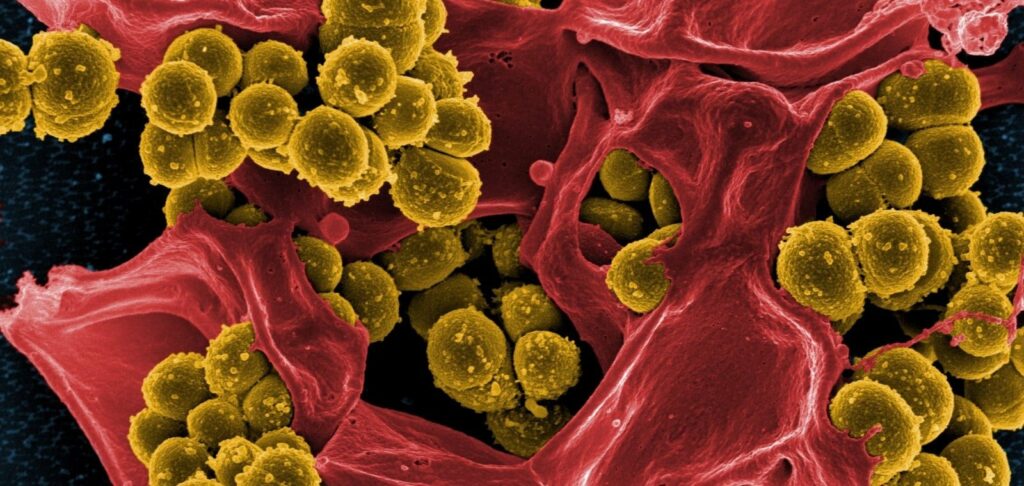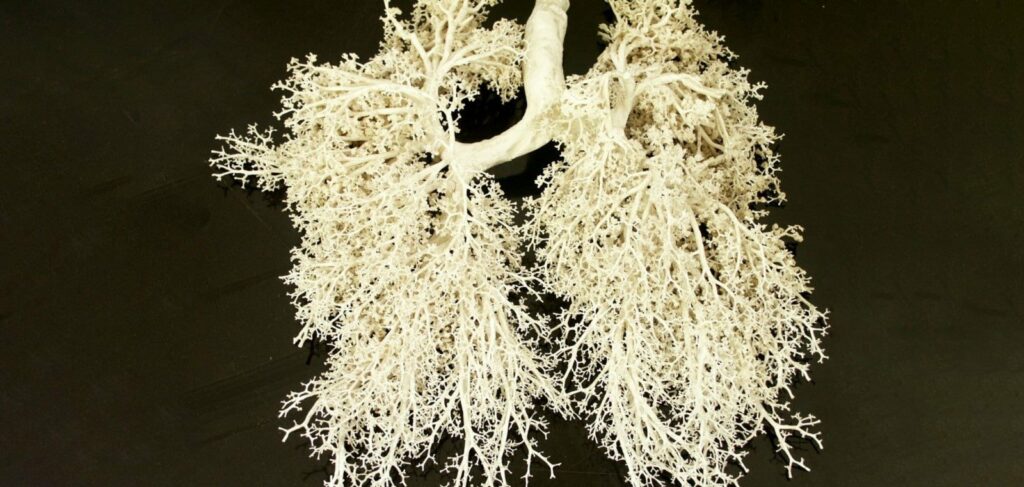
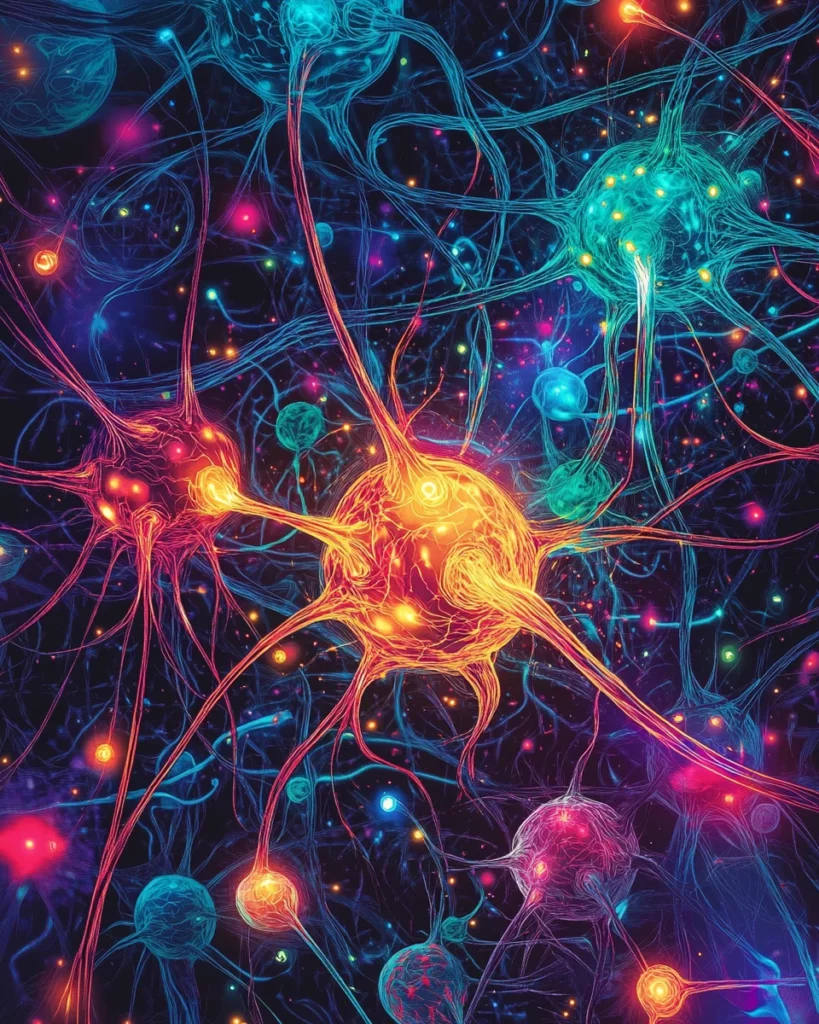
Chronic pain is a complex condition that affects the physical and psychological well-being of millions of people around the world.
Traditional treatments, including drug therapy and physiotherapy, do not always provide sufficient relief.
This has stimulated the search for new, more effective approaches to pain management.
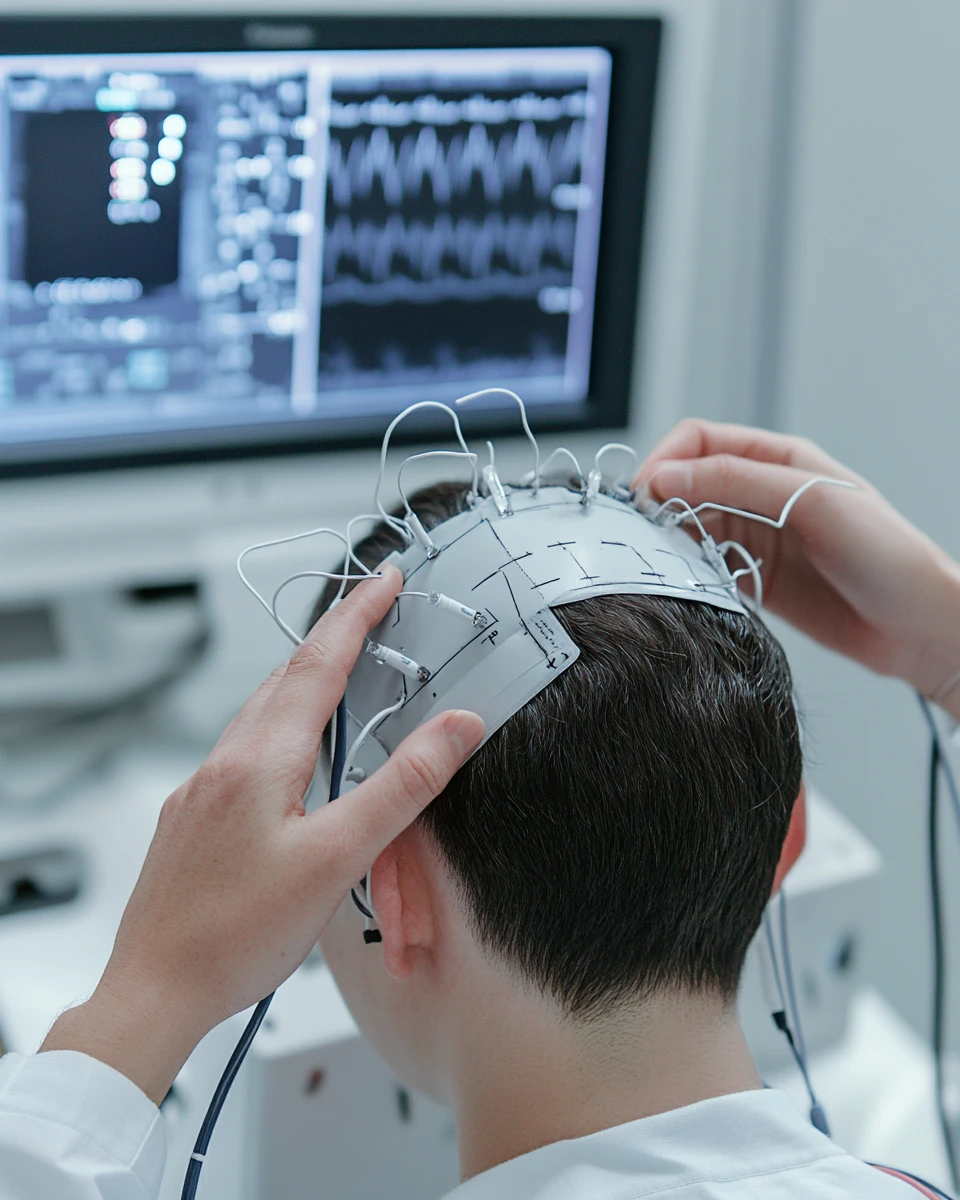
Vagus nerve stimulation (VNS)
Mechanism of action
Vagus nerve stimulation (VNS) is a modern treatment for chronic pain based on the use of electrical impulses to regulate the activity of the vagus nerve.
This nerve plays an important role in the transmission of signals between the brain and organs, affecting pain perception and inflammation.
How does the VLS work?
- Device implantation: A small device is implanted in the patient’s body and connected to the vagus nerve through thin wires.
- Transmission of electrical impulses: The device generates impulses that modulate nerve cell activity, reducing the transmission of pain signals to the brain.
- Modulation of neural activity: Electrical stimulation alters the transmission of nerve signals, reducing the intensity and frequency of pain sensations.
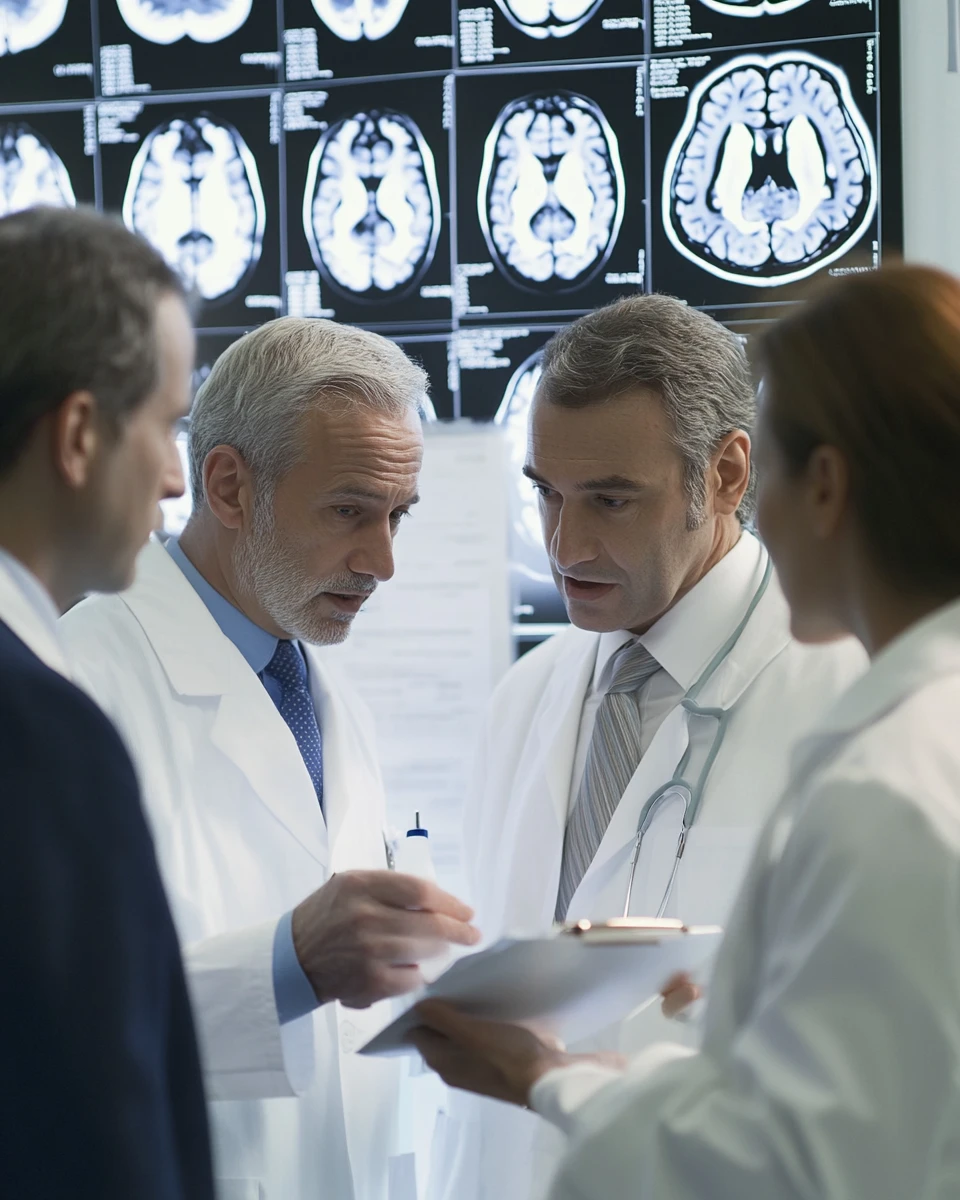
Why is SBH effective for chronic pain?
- Effects on the brain: SBS alters the activity of brain regions responsible for pain perception and emotional reactions.
- Anti-inflammatory effect: Reduces inflammation in the body associated with chronic pain.
- Mood Enhancement: Increases levels of neurotransmitters such as serotonin, which helps combat the depression and anxiety that often accompany chronic pain.
Efficacy in the treatment of chronic pain
VNS has proven its effectiveness in treating various forms of chronic pain through numerous studies. A systematic review and meta-analysis of “Vagus nerve stimulation for chronic pain: A systematic review and meta-analysis” confirmed a significant reduction in pain in patients following the use of VNS.
An additional study “Vagus nerve stimulation attenuates inflammatory response in rheumatoid arthritis patients” showed a reduction in inflammation and pain in patients with rheumatoid arthritis.
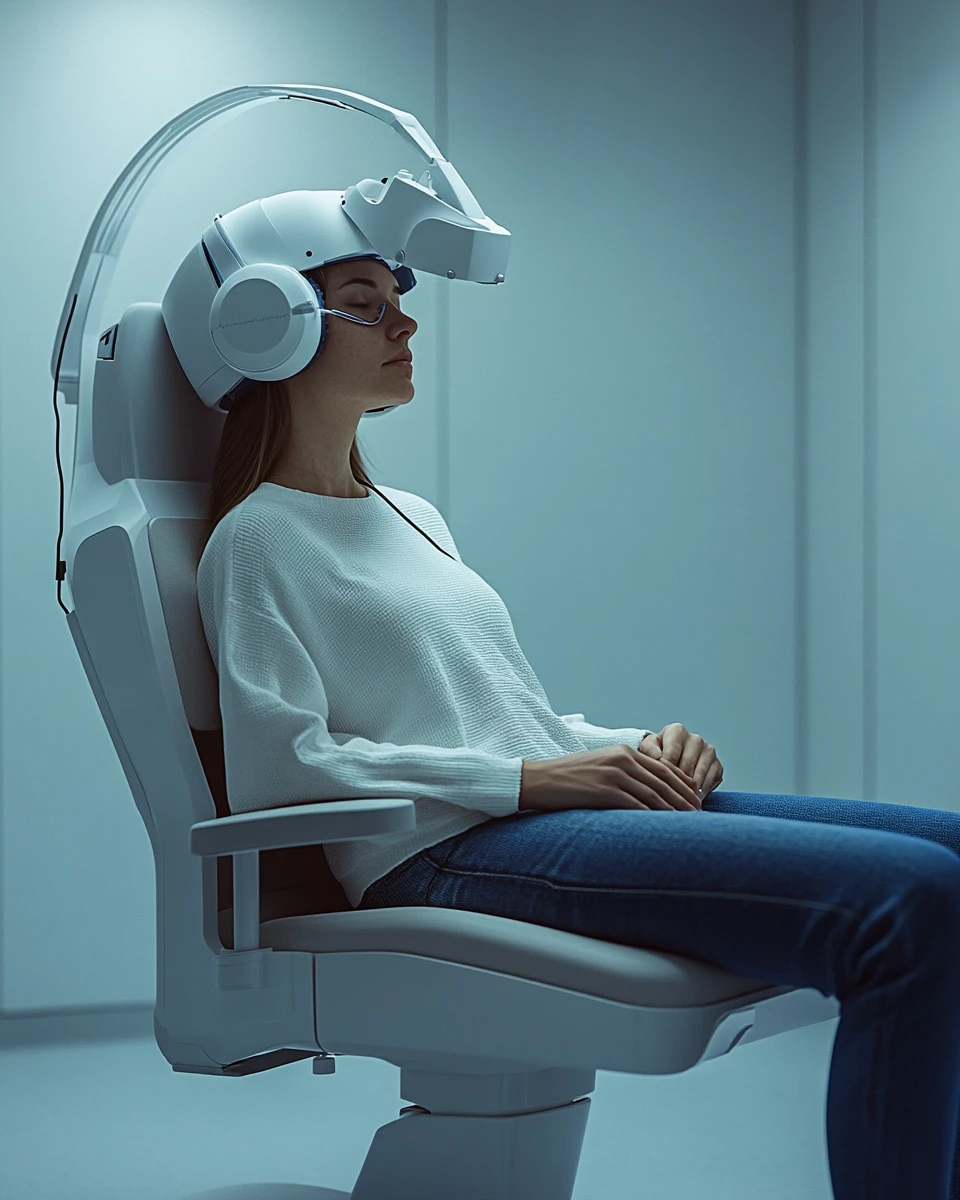
The clinical trial “Vagus nerve stimulation as a treatment for migraines: A clinical trial” demonstrated a reduction in the frequency and intensity of migraine attacks.
In addition, the review“Effects of vagus nerve stimulation on depression and pain: A review of clinical studies” shows a positive effect of VLS on bothdepressive symptoms and pain in patients with chronic pain.
These studies confirm that VLS is an effective and safe method for reducing chronic pain and improving the quality of life of patients.
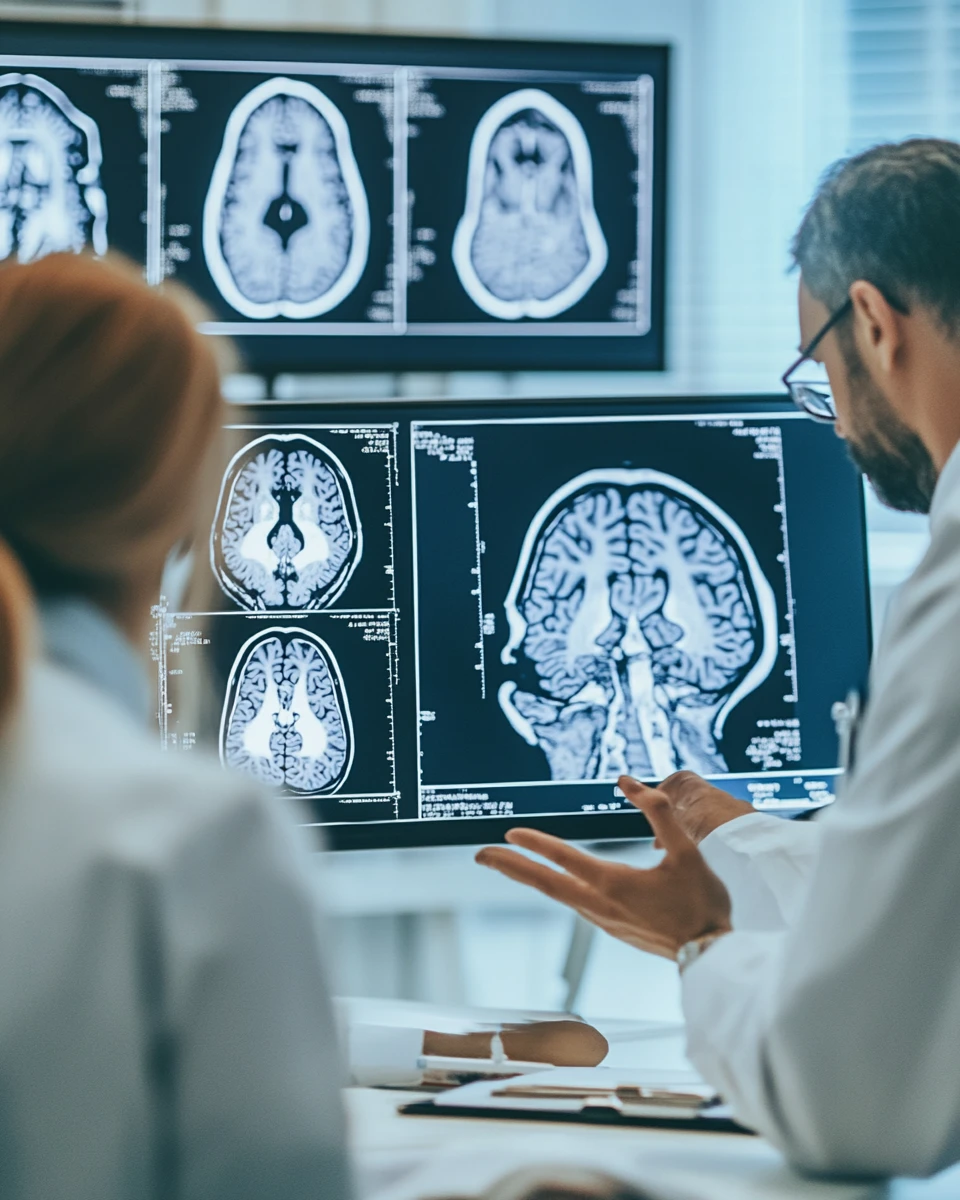
Clinical application
- Neuropathic pain : SBS has shown efficacy in reducing pain intensity in patients with chronic neuropathic pain.
- Migraine and headaches: Reduced frequency and severity of attacks.
- Fibromyalgia: Improvement of general well-being and reduction of pain symptoms.
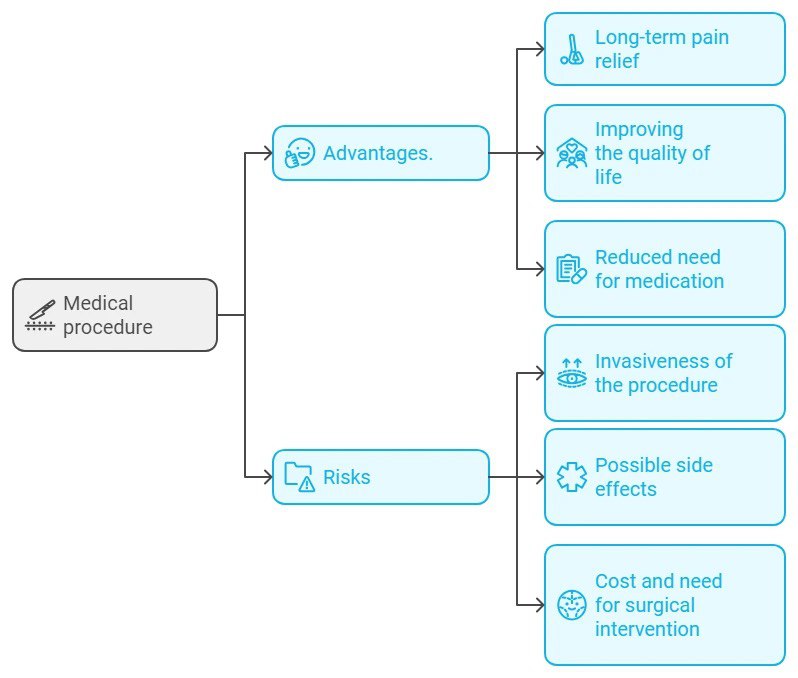
Benefits and risks
| Advantages | Risks |
|---|---|
| Long-term pain relief | Invasiveness of the procedure |
| Improved quality of life | Possible side effects (dysphonia, coughing) |
| Reduced need for medicines | Cost and need for surgical intervention |
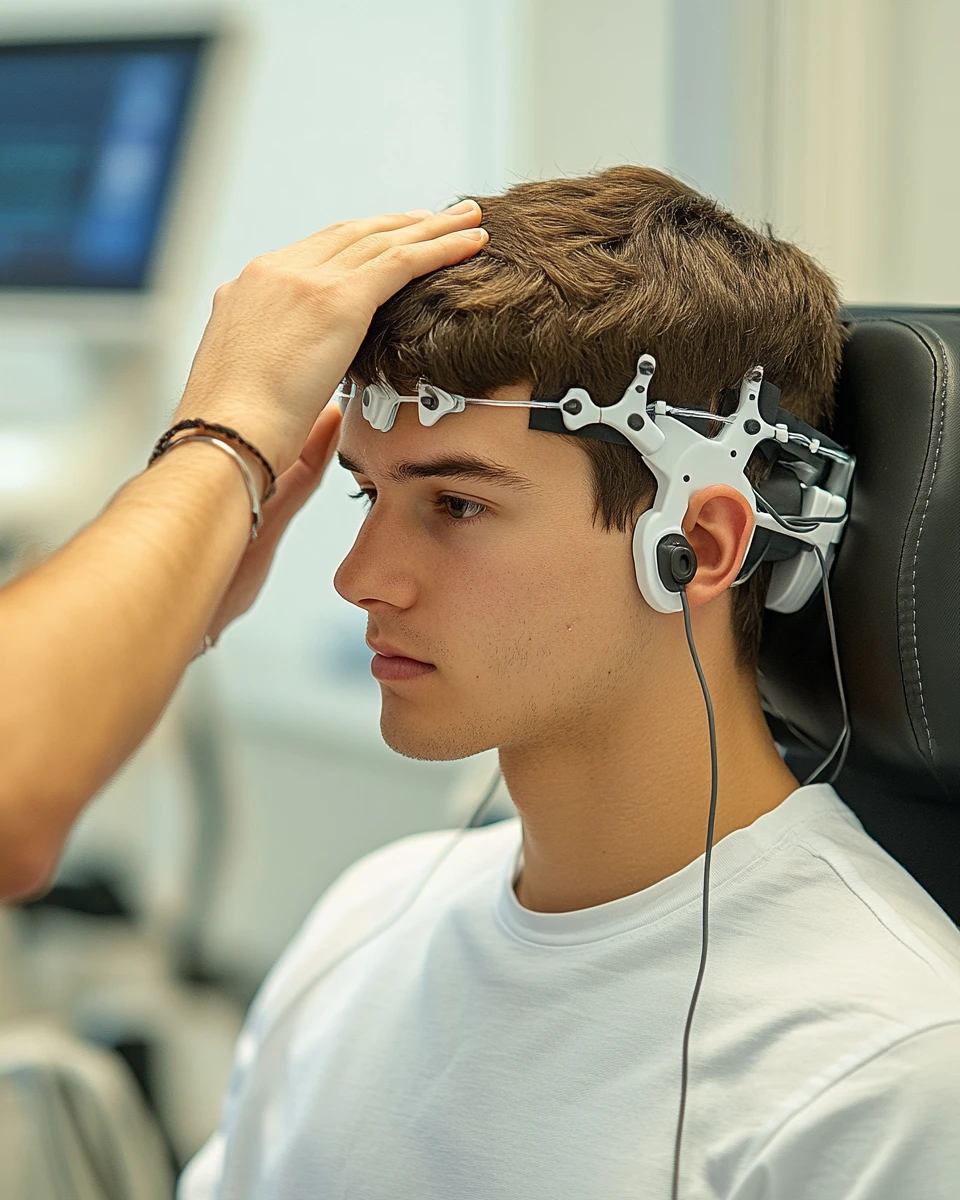
Expert opinion
Dr. Irina Grigorovich, neurologist:
“VLS represents a promising method for patients who do not respond to standard therapy. However, it is important to carefully select patients and monitor them after device implantation.”
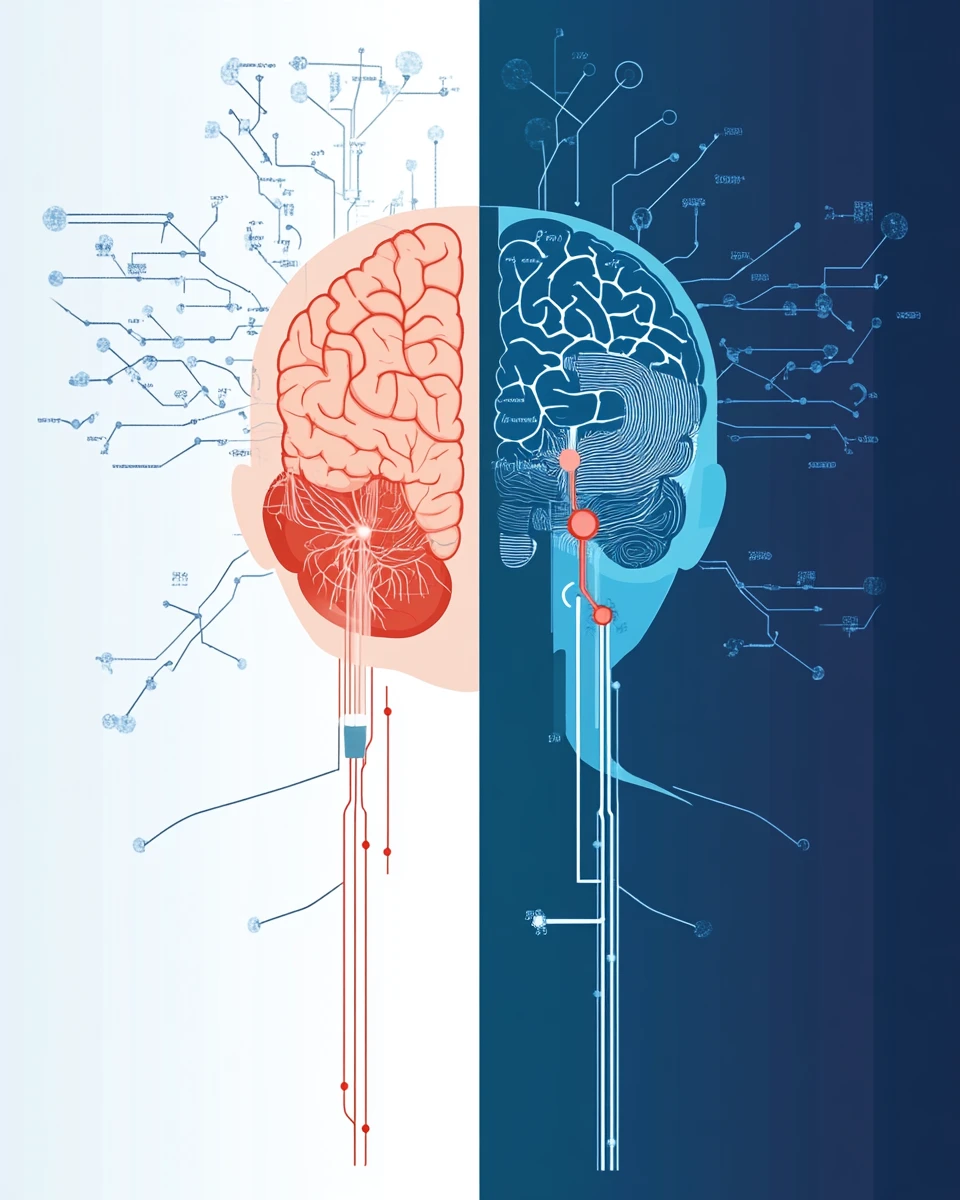
Non-invasive methods
Transcranial magnetic stimulation (TMS)
Mechanism of action
TMS uses magnetic pulses to stimulate certain areas of the brain associated with pain perception. This helps to change neural activity and can reduce pain sensation.
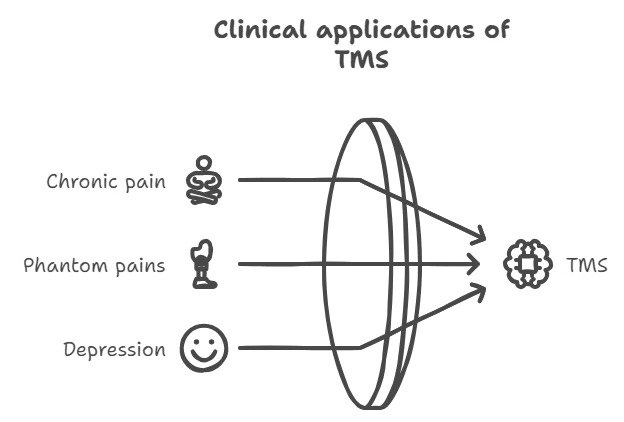
Clinical application
- Chronic back pain: Reduction of pain intensity and improvement of mobility.
- Phantom pain: Reduction of pain in amputees.
- Depressive conditions: TMC is also effective for the comorbid depression that often accompanies chronic pain.

Advantages and limitations
| Advantages | Limitations |
|---|---|
| Non-invasiveness | Need for multiple sessions |
| Minimal side effects | Individual variability in response |
| Possibility of outpatient application | Limited availability in some regions |

Other non-invasive methods
- Transcranial Electrical Stimulation (TES): Uses weak electrical currents to modulate brain activity.
- Ultrasound Neuromodulation: The use of focused ultrasound waves to target nerve structures.
- Neurofeedback therapy: Teaching patients to self-regulate brain activity through feedback.
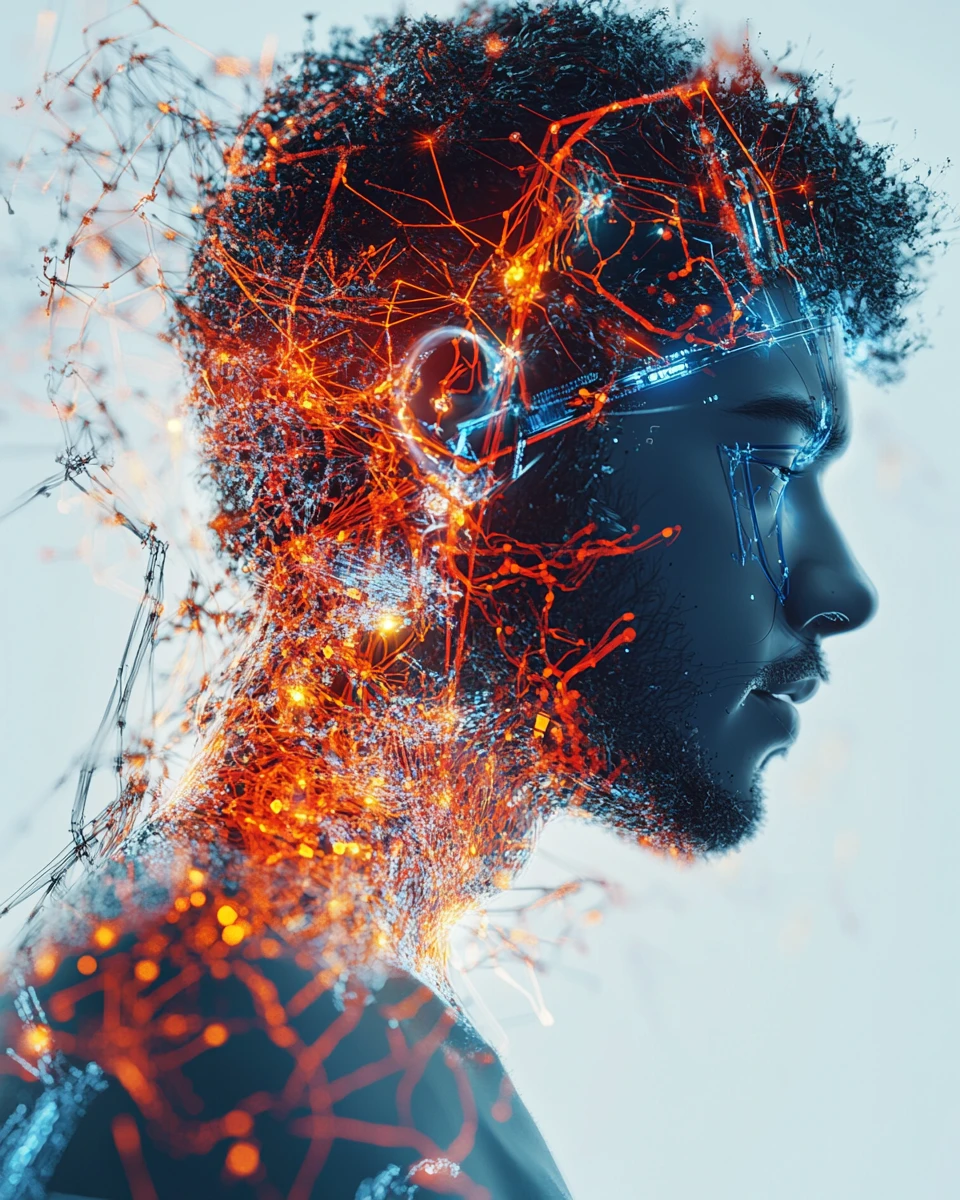
Expert opinion
Prof. Alexey Jaworenko, pain specialist:
“Non-invasive techniques such as TMS open new possibilities for safe and effective treatment of chronic pain without the need for surgery.”
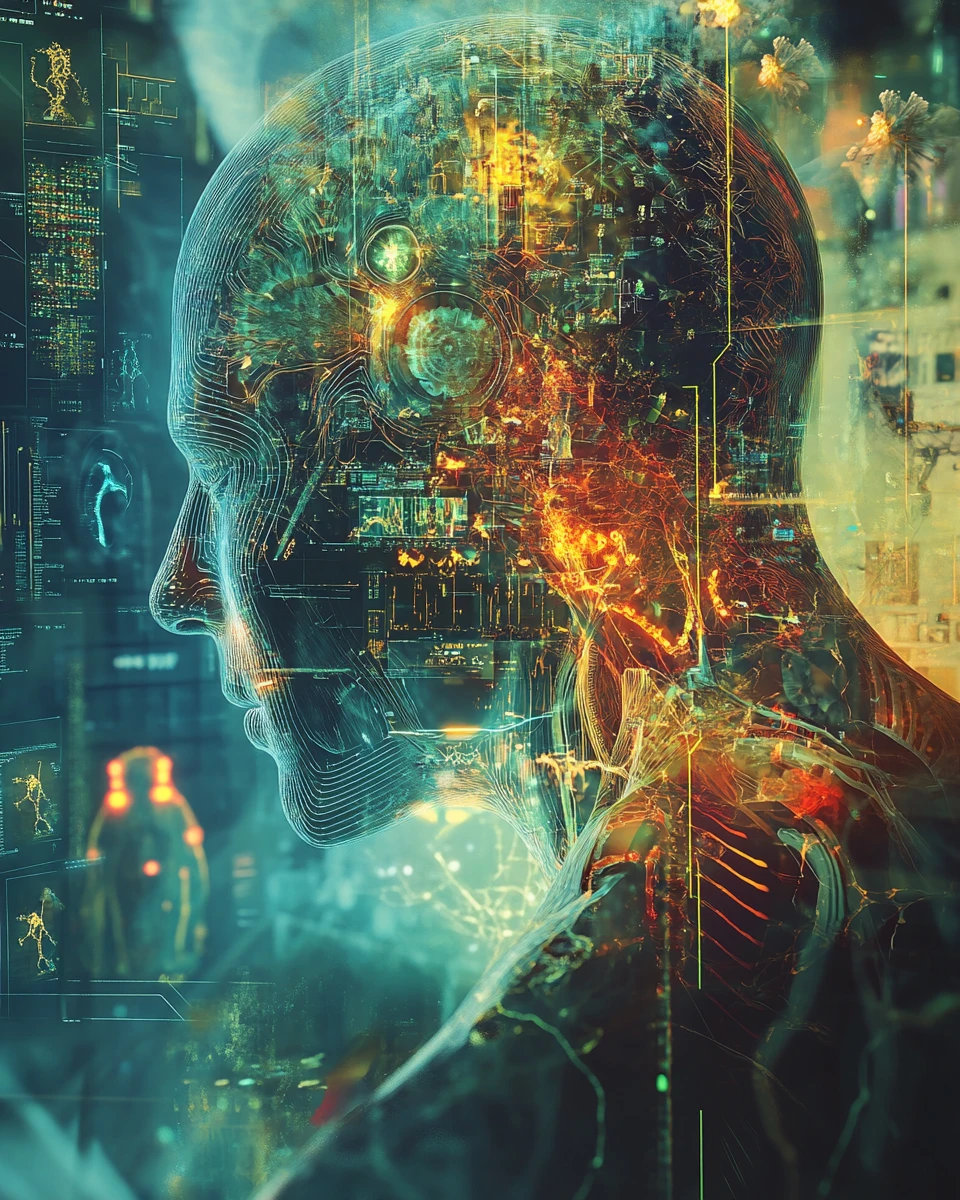
Comparative analysis of methods
| Parameter | VLS | TMC |
|---|---|---|
| Invasiveness | Invasive | Non-invasive |
| Mechanism | Vagus nerve stimulation | Magnetic brain stimulation |
| Requires surgery | Yes | No |
| Side effects | Local and systemic | Minimal |
| Duration of effect | Long-term | Short-term, requires repetition |
Recommendations
- For patients: Discuss the use of new treatments with your physician.
- For clinicians: Stay up to date with the latest research and consider integrating innovative methods into practice.
- For researchers: Continue research to determine optimal protocols and long-term efficacy.
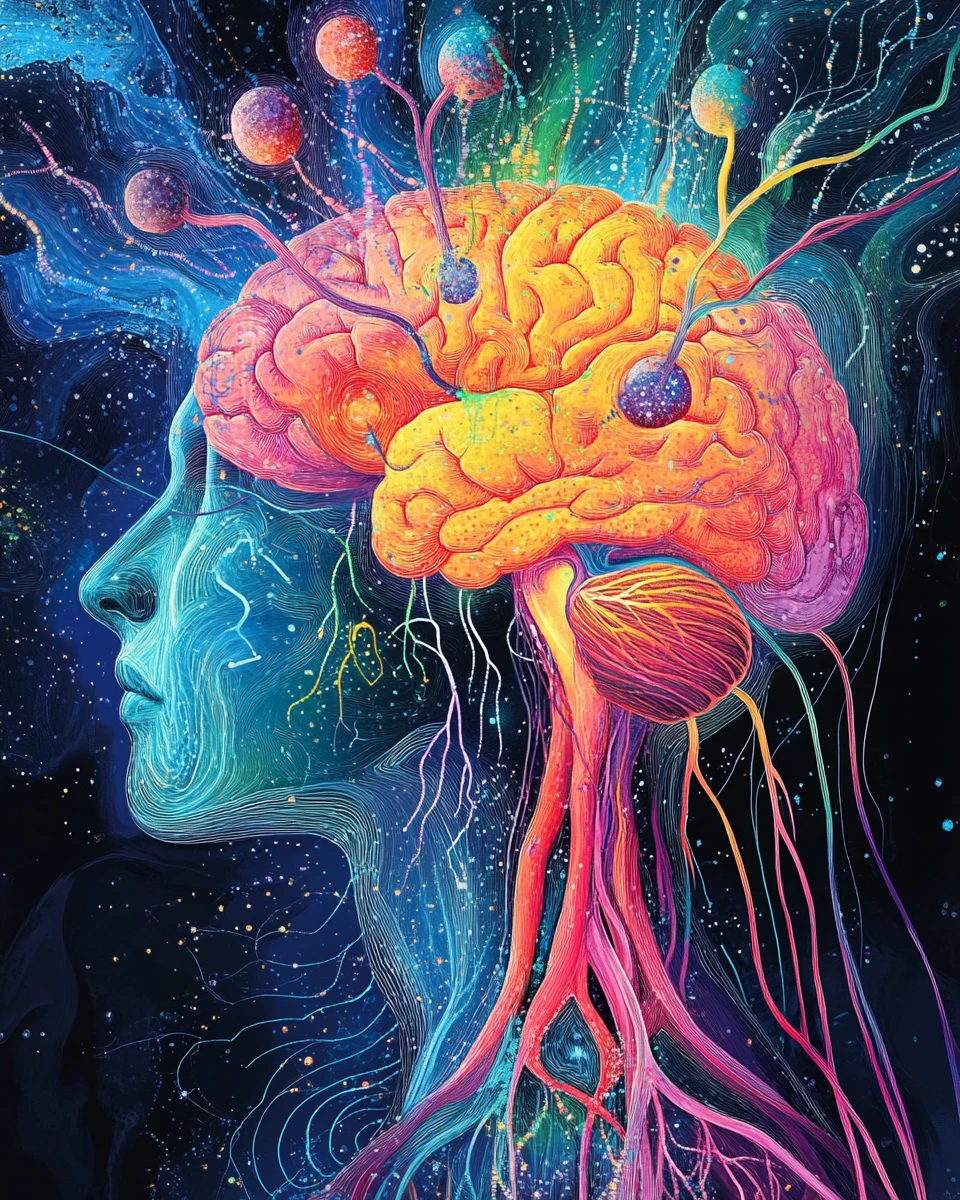
Conclusion
The integration of vagus nerve stimulation and non-invasive techniques such as TMS represents a significant step forward in the treatment of chronic pain. These techniques offer alternatives for patients who do not get sufficient relief from traditional approaches.
List of references
- Apkarian AV, et al. “Chronic pain: Structural and functional changes in brain structures and their roles in generating and maintaining chronic pain.” Pain, 2019.
- Johnson RL, Wilson CG. “A review of vagus nerve stimulation as a therapeutic intervention.” Journal of Inflammation Research, 2018.
- Lefaucheur JP, et al. “Evidence-based guidelines on the therapeutic use of repetitive transcranial magnetic stimulation (rTMS).” Clinical Neurophysiology, 2020.

